During World War II, many of our favorite food ingredients like eggs, coffee, and meat were sent to the war front. To keep up the morale of soldiers on the front lines, the government wanted them to have the best meals. As a result, Americans had to be creative with their diets during the war as these items were in short supply at home.
While many of the following meals and ingredients might not sound incredibly tasty today, Americans did what they had to do to support the war effort. With this in mind, let’s take a look at some typical American dietary staples during the war.
Food Rationing
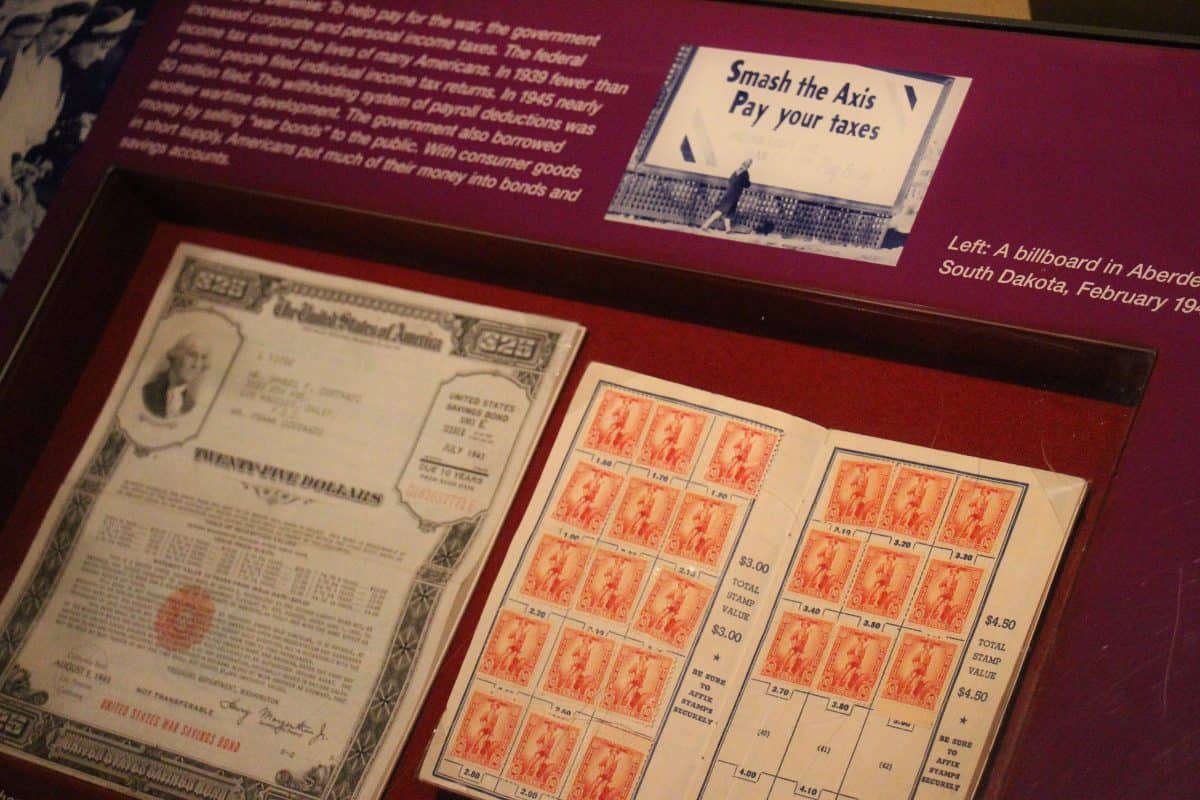
©ironypoisoning / Creative Commons Attribution-Share Alike 2.0 Generic license – Original / License
Before jumping into the food, it’s important to understand how food was rationed during the war. The U.S. government set up the Office of Price Administration to help monitor scarce items. The OPA established a point system to make sure scarce items were fairly distributed.
Every American received a ration book with removable stamps that would in turn be used to purchase rationed items like coffee, cheese, and eggs. On top of the points, the items also had their traditional monetary cost as well.
Victory Gardens
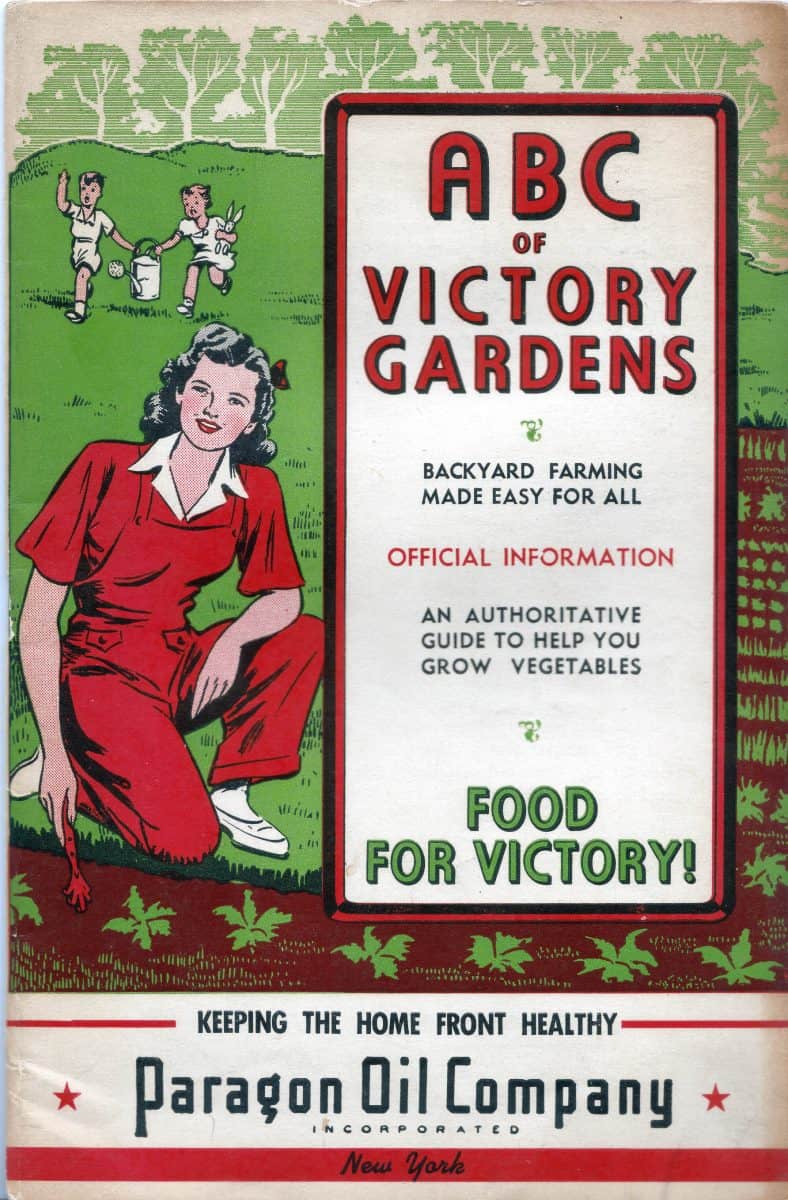
©D.H. Bedford / USDA / Public Domain – Original / License
Best known as a war garden or food garden for defense, Americans planted victory gardens during the war. This would help them grow fruits, vegetables, and herbs so they were not reliant on the government.
Vegetables like beans, beets, carrots, peas, tomatoes, turnips, and squash were popular victory garden plants. Fruits could be strawberries or red huckleberry while herbs like sage and rosemary were also popular.
Meatloaf
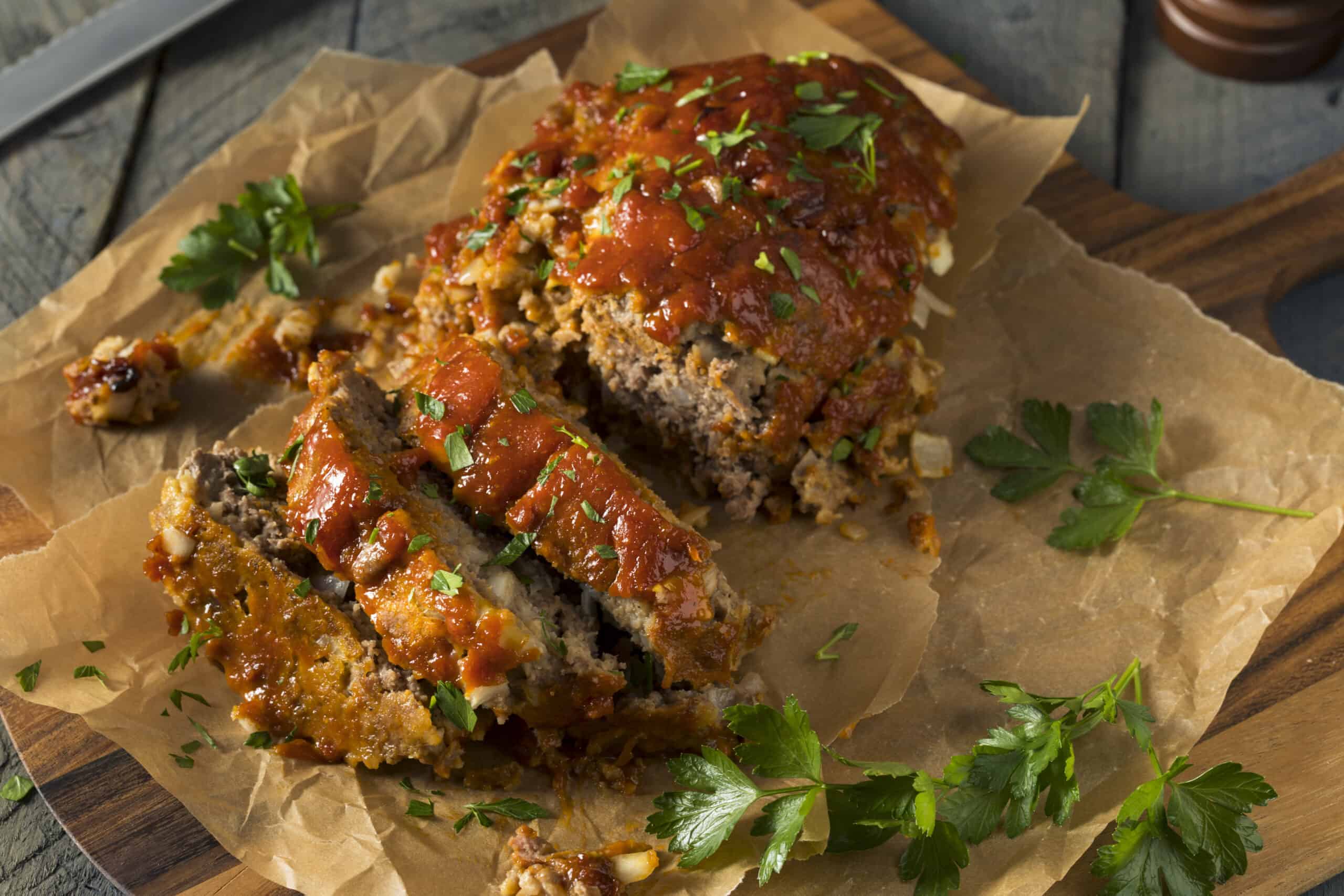
©Brent Hofacker/Shutterstock.com
What was a traditional American family staple before the war became more difficult to cook. As a result, to serve meatloaf to a family, you would substitute peas, mashed potatoes, and condensed tomato soup rather than ground beef. While the taste difference would be immediately noticeable, rationing meant that beef was only available in limited supplies.
Stuffed Onions
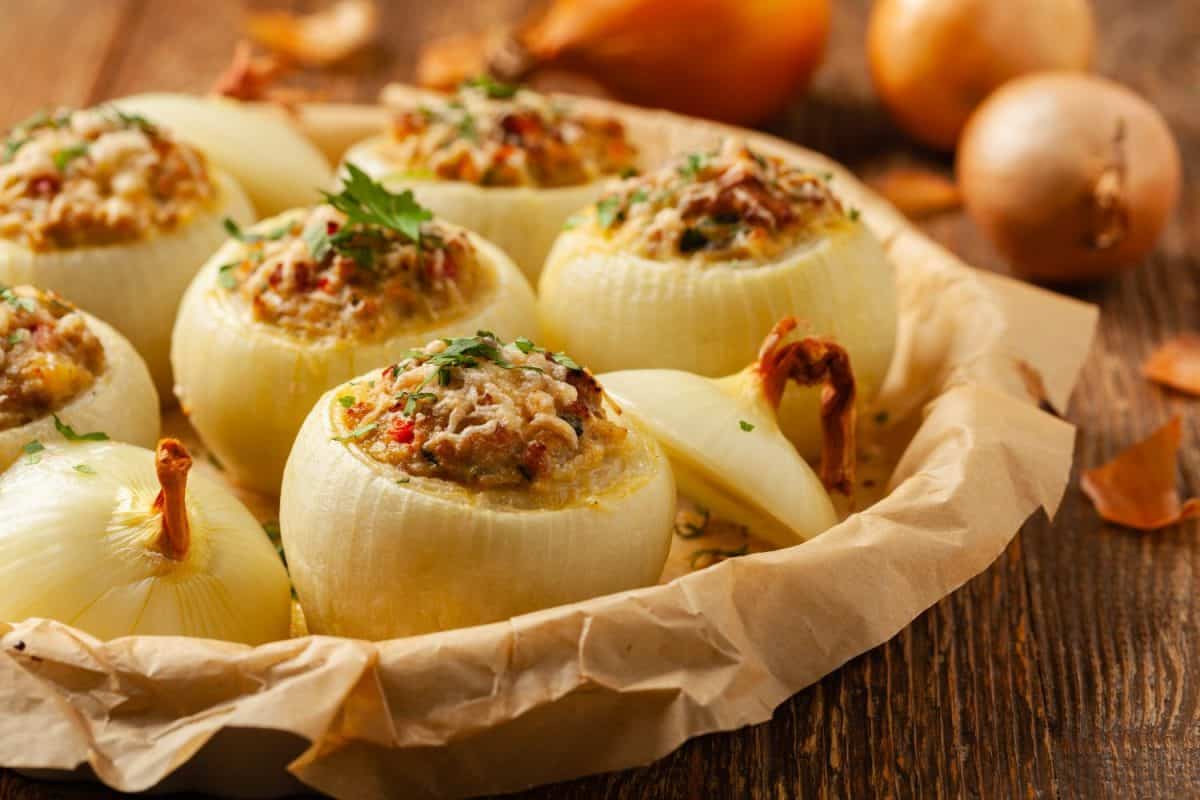
©gkrphoto/Shutterstock.com
Instead of filling onions with beef as would be typical pre-war, rationing meant another idea had to be found. The result was onions stuffed with grape nuts. By including grape nuts, stuffed onions took on a consistency similar to onions stuffed with meat. There is no doubt the taste difference was noticeable, but this was a popular beef alternative.
Spam
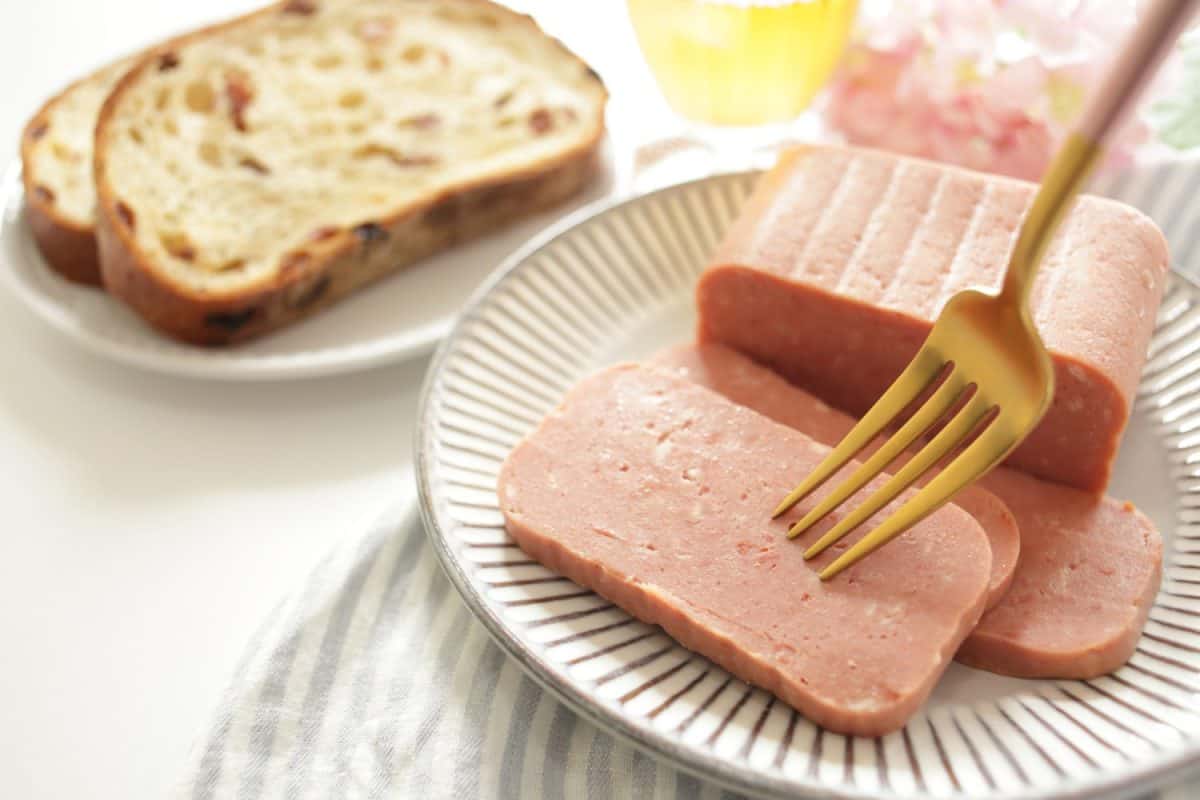
©jreika/Shutterstock.com
While Hormel was busy shipping Spam cans to the front lines, it also became an American family staple. At home, Spam was added to just about everything. You would find Spam added to bean dishes so they would be more filling. The same can be said with adding cooked Spam to stews and soups. Magazines also provided Americans with various recipes for meals like Spam loaf and Spam fritters.
Mac and Cheese
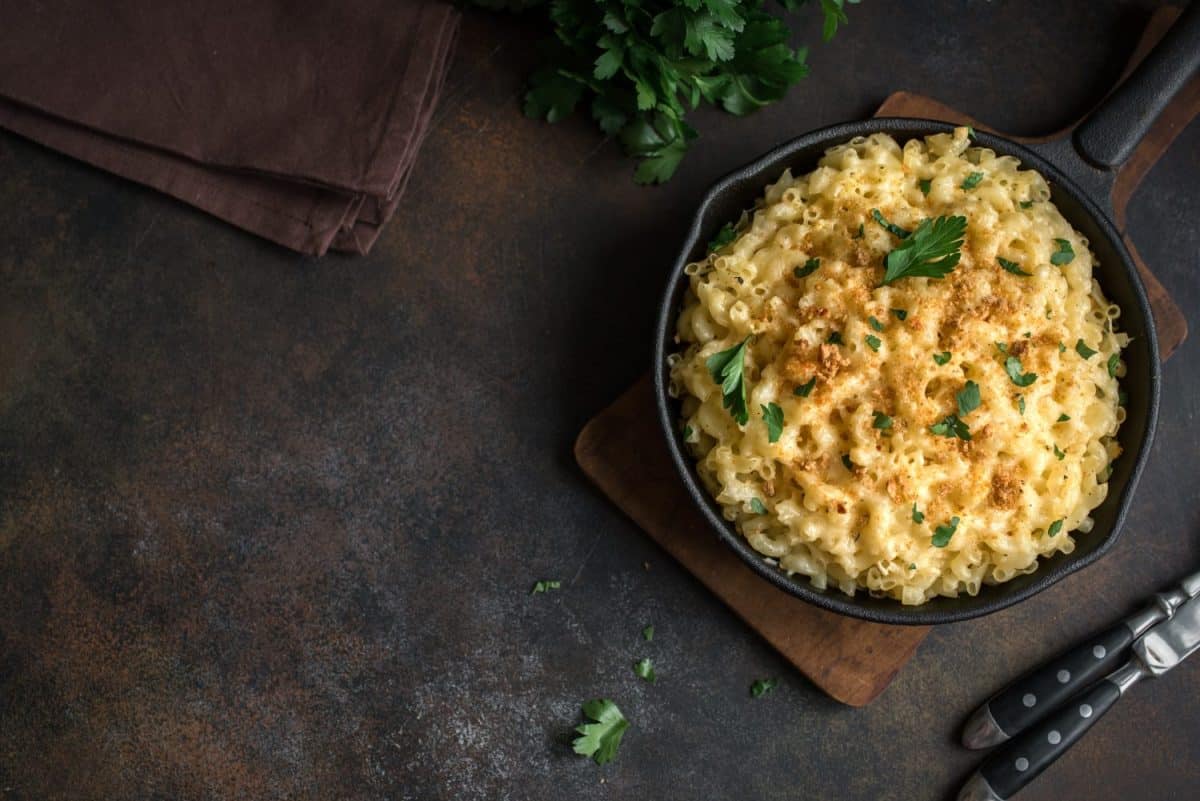
©Oksana Mizina/Shutterstock.com
To say that Kraft Mac and Cheese was a popular part of America’s diet during WWII would be an understatement. First introduced in 1937, Kraft sold 43 million boxes by 1943. This still popular comfort food was inexpensive, would fill you up, and only required a single rationing coupon for every box.
Potatoes
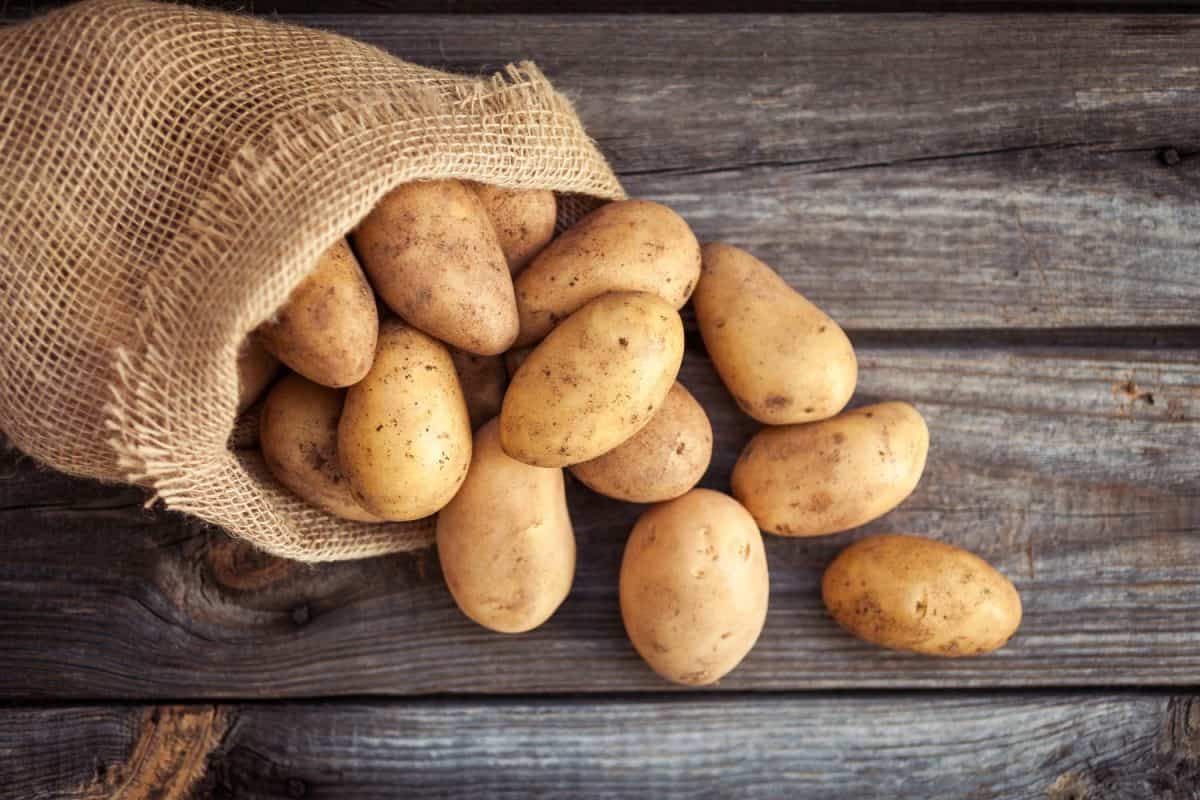
©Val_R/Shutterstock.com
If you were to say that potatoes were a critical food source during WW2, it would be an understatement. With potatoes being affordable, easy to grow, and having a long storage life, they were a staple of American diets. As such, potatoes were widely grown in victory gardens and added to soups, stews, or casseroles as well as being served boiled, fried, or roasted.
Bean Dishes
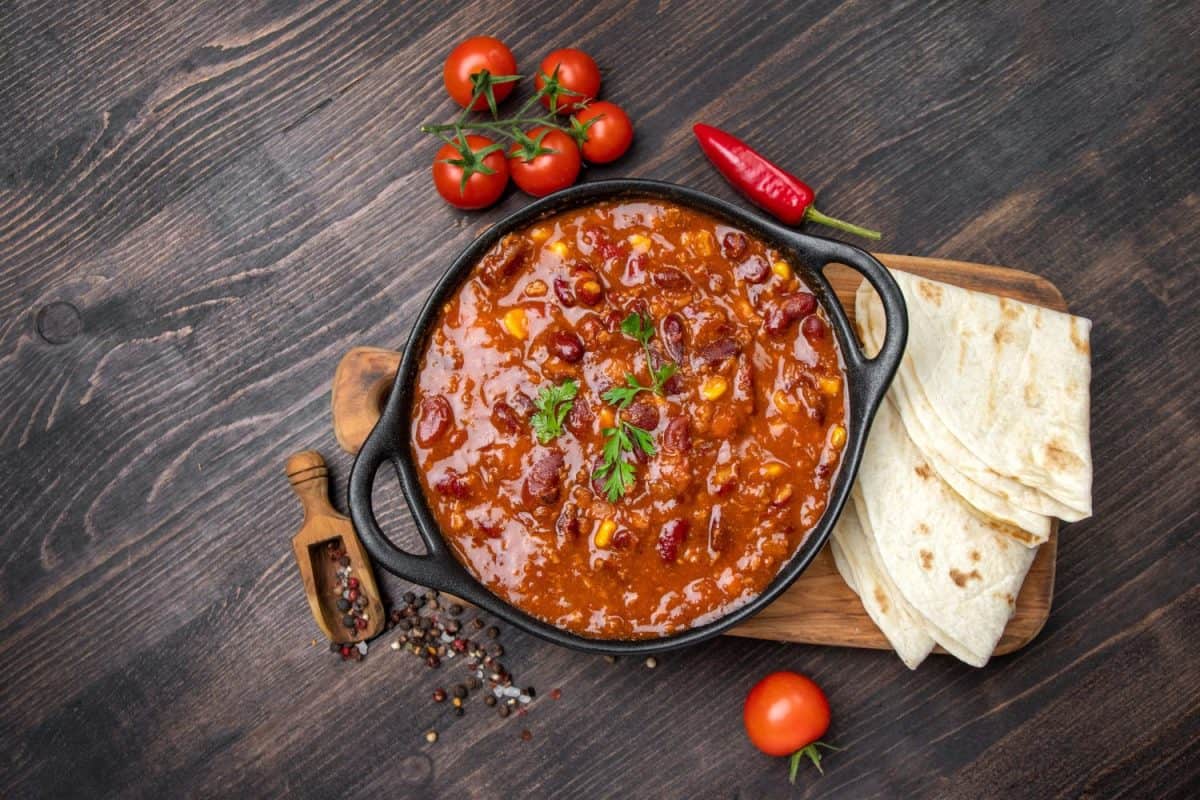
©Elena.Katkova/Shutterstock.com
As a meat substitute, creating any sort of bean dish would help provide protein and fiber. You could often find baked bean soup as a popular option. Made with navy beans, onions, carrots, celery, and bacon or ham, it was a particularly popular option. Baked beans were also a popular dish made with kidney beans, brown sugar, mustard, and bacon or pork.
Coffee
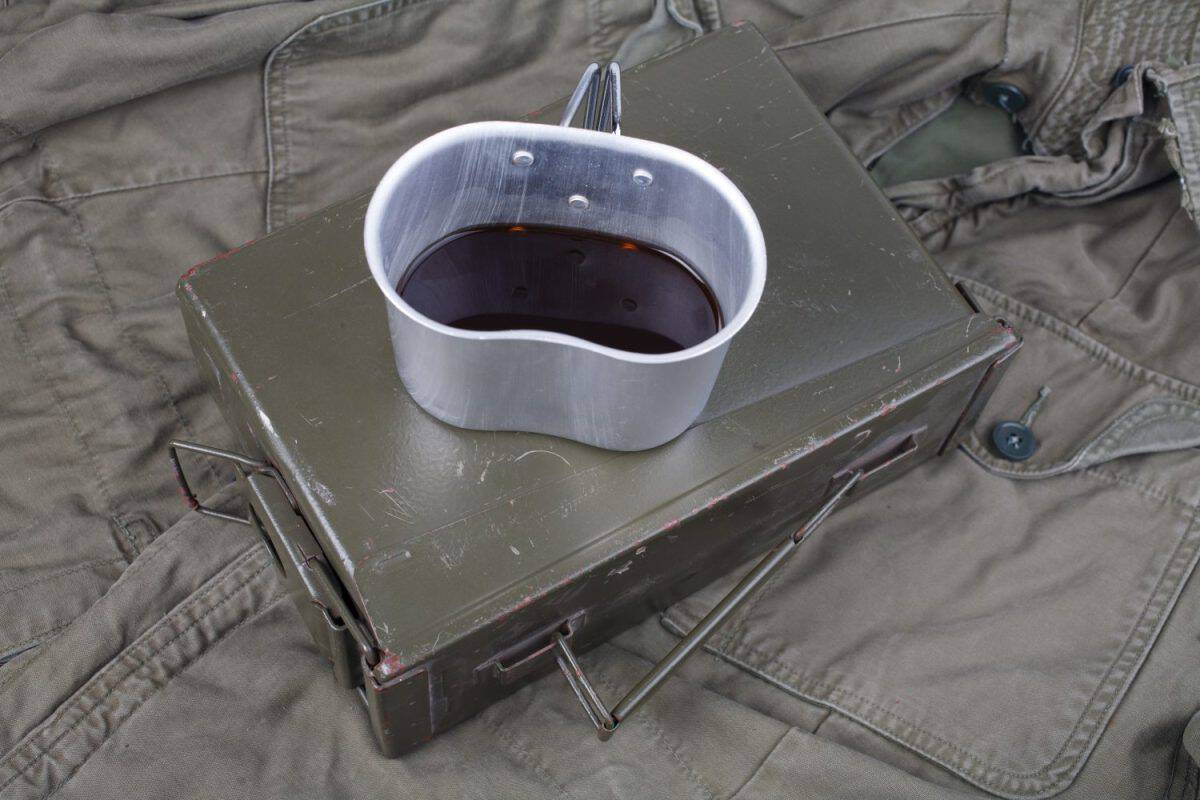
©Militarist/Shutterstock.com
With coffee being an American staple for starting the day, you can imagine how rationing impacted millions. The government so heavily rationed coffee that Americans had to get creative. It wasn’t uncommon to find coffee made with reused grounds. You could also find Americans using roasted chicory or grains as a coffee substitute.
Canned Fish
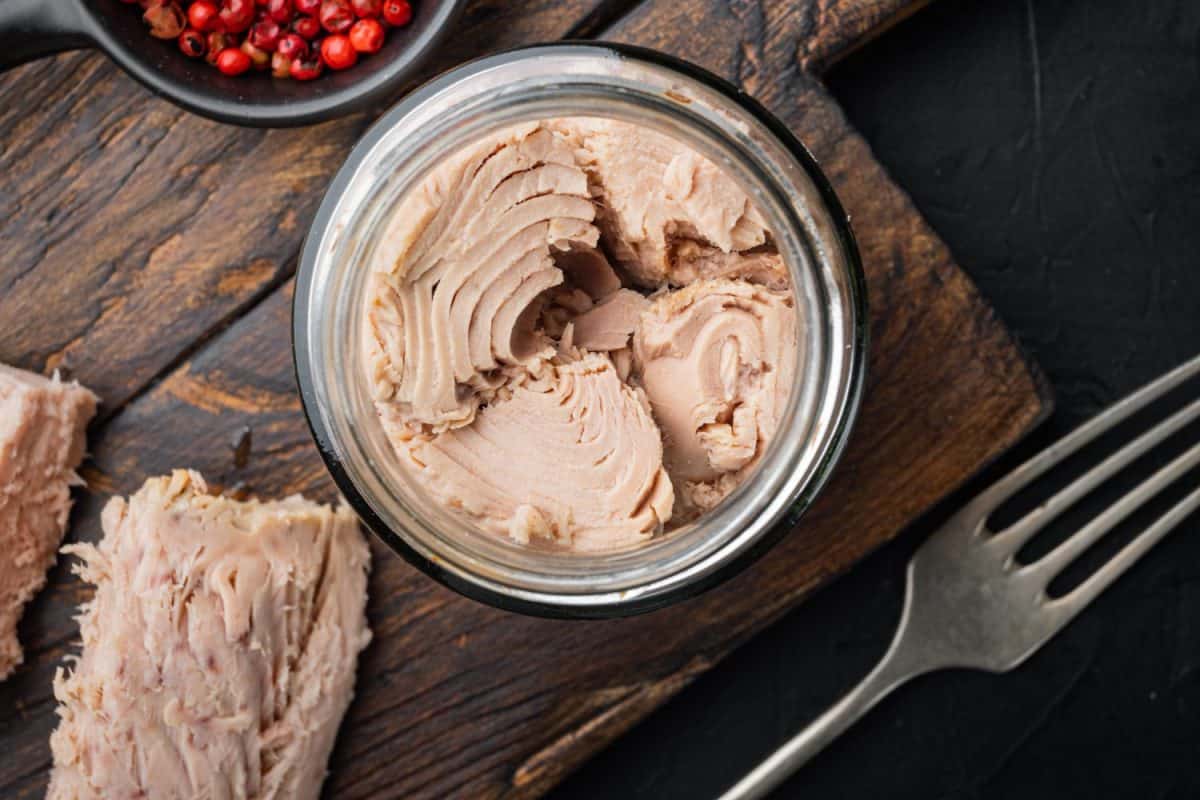
©Ilia Nesolenyi/Shutterstock.com
While canned fish was a rationed item, the U.S. government still promoted it and would issue vouchers to families. When vouchers were available, families could create a dish with canned tuna, cooked pasta, mushroom soup, peas, and breadcrumbs when available. While it wasn’t an easy dish to cook, it was a proper Sunday meal for families to get together.
Peanut Butter
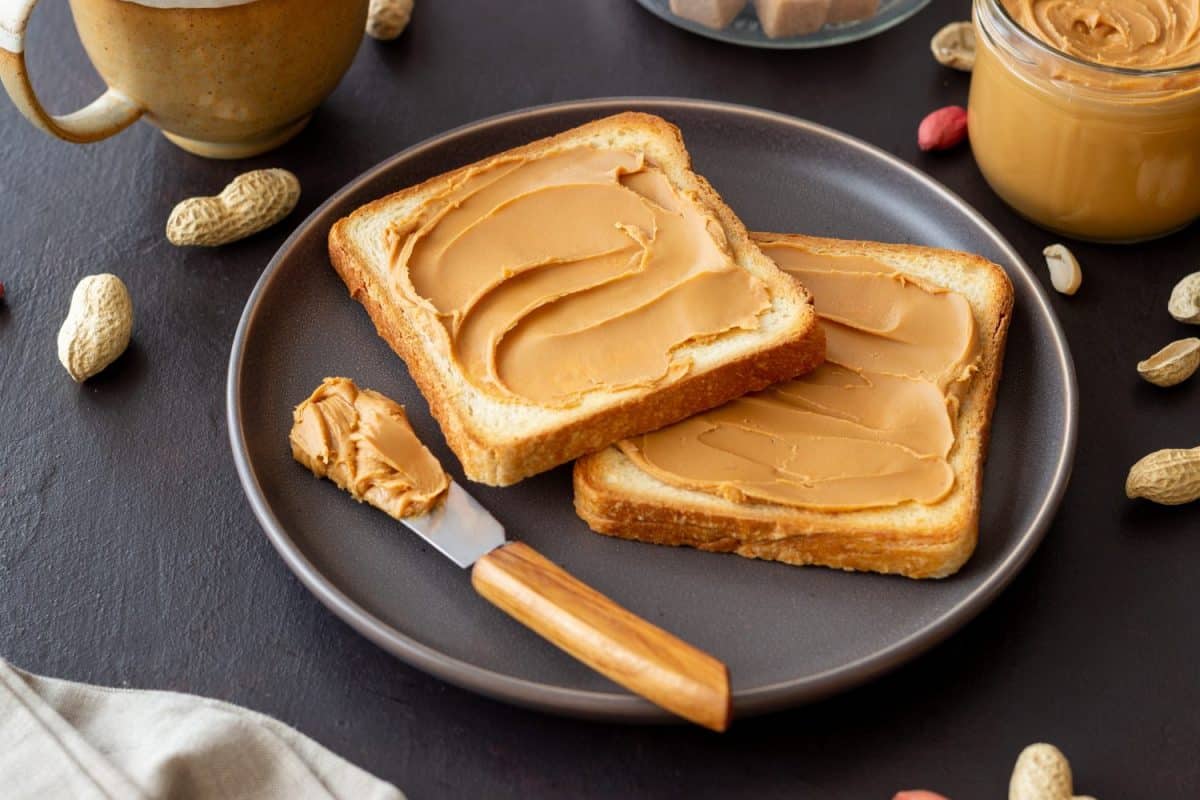
©Vladislav Chusov/Shutterstock.com
Peanut butter’s popularity exploded during World War 2 for multiple reasons. For soldiers, it was a good source of protein. On the home front, peanut butter was popular as meat scarcity forced Americans to look elsewhere for protein. Whether it was being spread on crackers or peanut butter sandwiches, it became a quick American diet staple. Plus, you had peanut butter cookies as a dessert treat.
Powdered Eggs
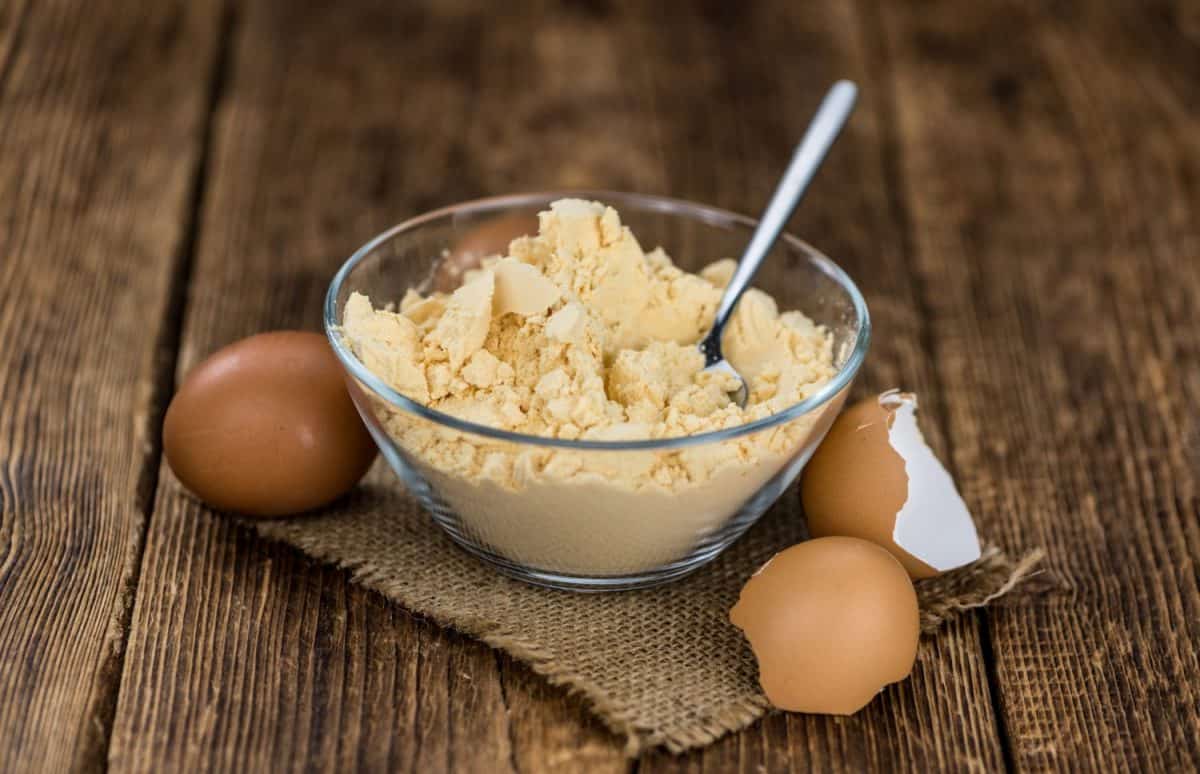
©HandmadePictures/Shutterstock.com
With all of the rationing going on around fresh eggs, powdered eggs were a popular American diet substitute. As powdered eggs could be reconstituted with water, they were easy to use for baking. Staples like scrambled eggs and omelets were common breakfast meals. Alternative dessert treats like an Eggless Chocolate Cake were especially tasty when made with powdered eggs.
Cornmeal
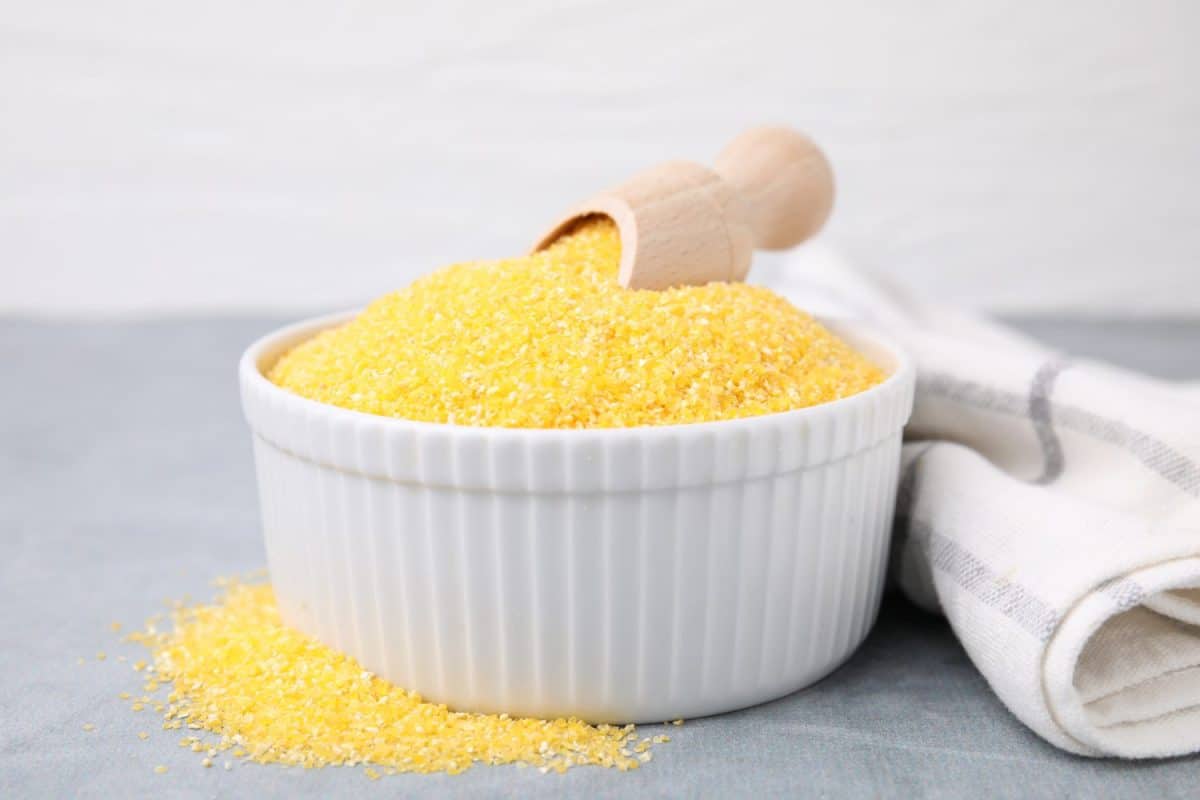
©New Africa/Shutterstock.com
Yet another popular grain that was in strong supply during World War 2 was cornmeal. As a grain, cornmeal was quickly discovered to work with popular treats like cornbread, donuts, muffins, and pancakes. Cornmeal was even used as a coating alternative on fish or chicken to help provide some additional flavor.
Cheerios
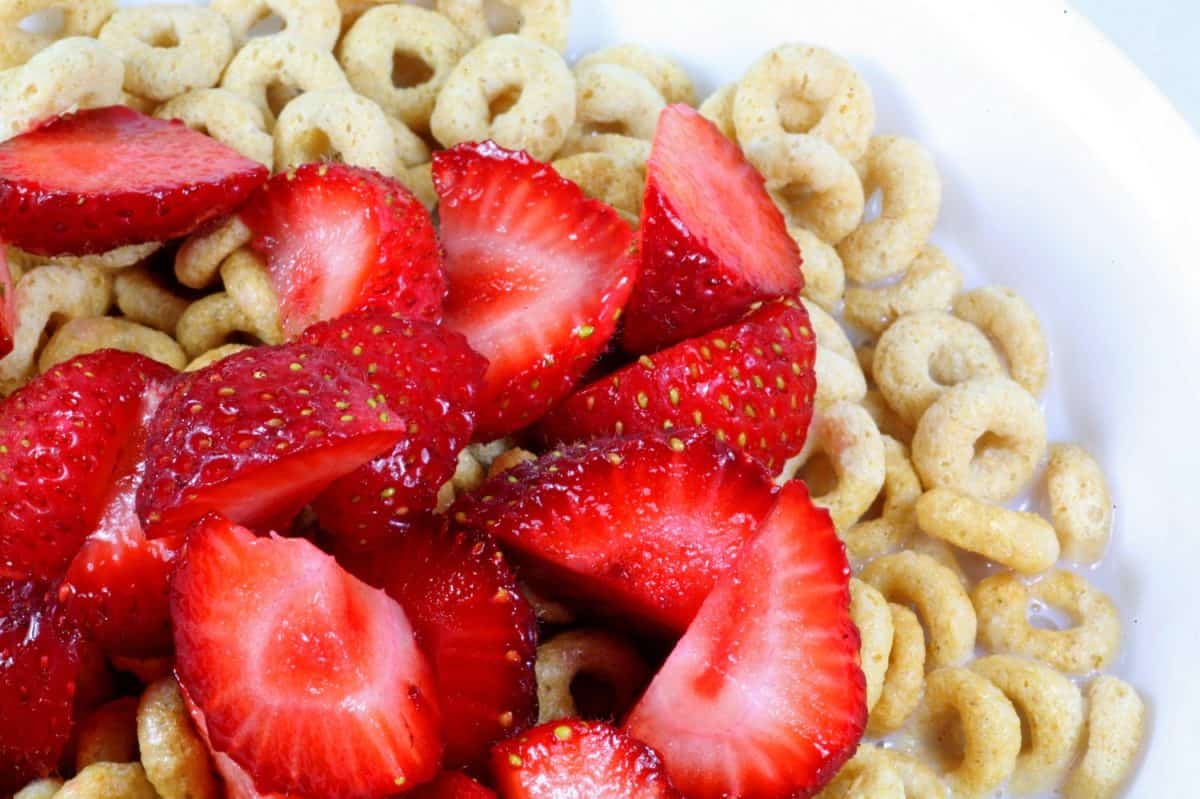
©one pony/Shutterstock.com
First launched in 1941, Cheerios, or Cheerioats as it was called at the time, hoped to shift the American diet away from oatmeal. While oatmeal was also a staple diet item during the war, Cheerios sold over 21 million boxes in 1941. This marked the first oat-based cereal to become a part of the American diet.
Spreads
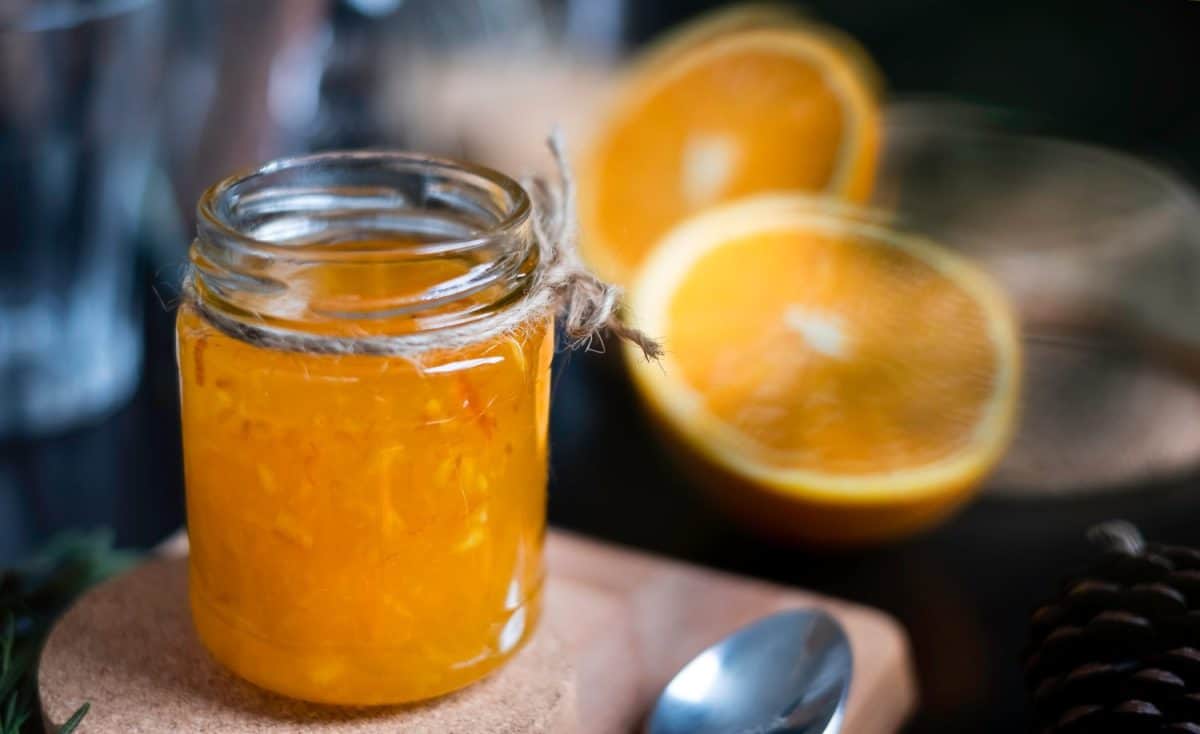
©Suwit Rattiwan/Shutterstock.com
While peanut butter was popular, it wasn’t the only spread available during World War 2. Other American diet staples included marmalades, jellies, and jams that could be spread on bread. You can also add the same spreads to crackers, which made for an easy snack or a quick dinner.
Applesauce
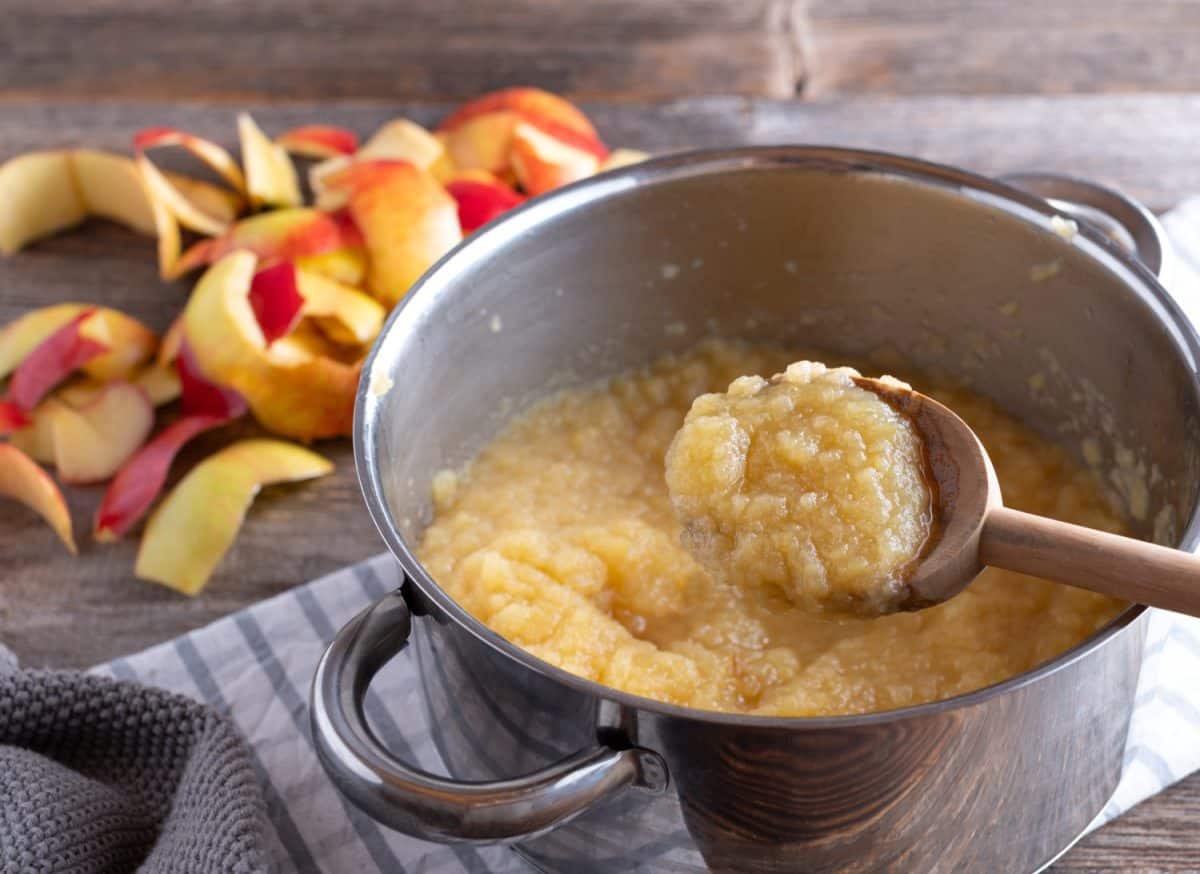
©Angelika Heine/Shutterstock.com
Still a popular treat today, applesauce grew in popularity during the war. With heavy rationing of sugar, applesauce became an alternative sweet ingredient and sugar substitute. This was especially true for breads and cakes, where “sweet” is a central part of the recipe. Applesauce wasn’t as beloved as potatoes or bread, but it quickly grew in popularity.